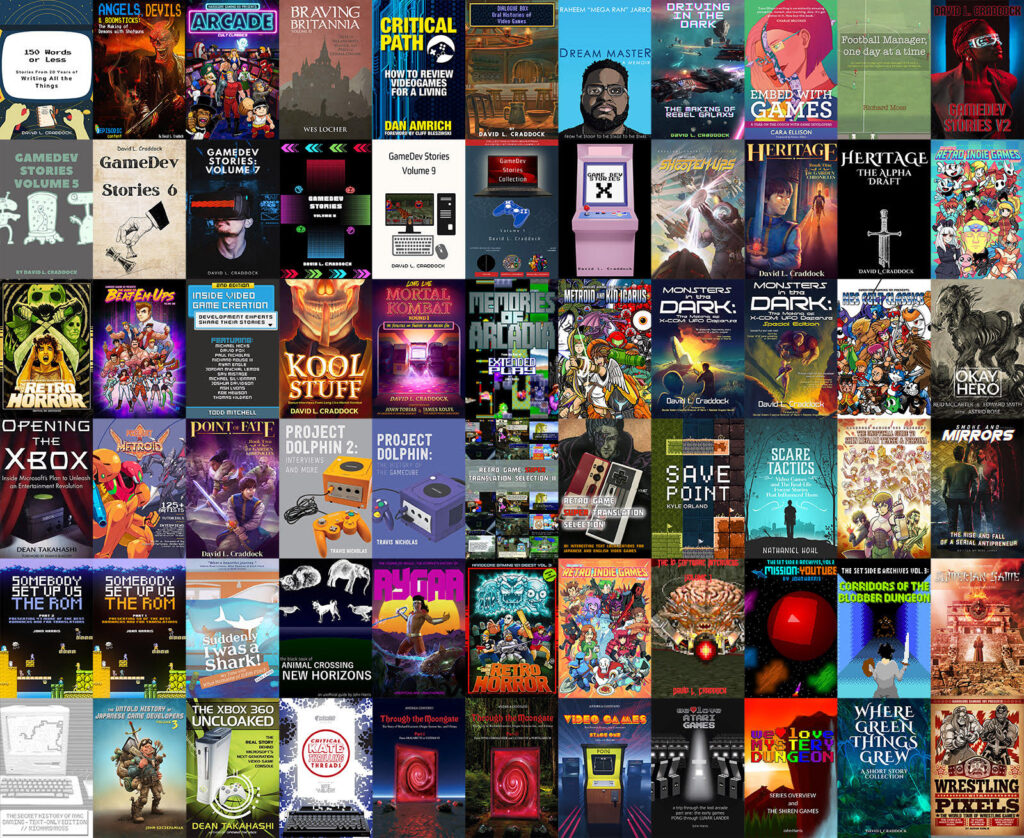Choa has 50 interesting facts about the Chao Garden minigame in Sonic Adventures 1 and 2 (14½ minutes).
The Chao Garden seems like such an odd inclusion in the Sonic Adventure games now. In fact, they seemed like an odd inclusion back then too, about 25 years ago.
It was created as the successor to the “A-Life” aspect of the Nightopians in NiGHTS into Dreams, itself not really a huge part of that game, but it encouraged repeat play to see what they would evolve into. The Chao Garden, for those unfamiliar, was a virtual pet sim included as a side game. Animals rescued in the levels of the main game could be collected, then brought to a number of small areas where they could be presented to one of a number of little blue creatures, the Chao, that they could raise and modify. The Chao didn’t eat the creatures, they instead kind of nuzzled them. Personally, I think they should have eaten them; it makes more thematic sense than whatever magical sparkly thing was going on.
Giving animals to Chao increased their stats, and could even give them new skills. Sonic and friends could then have them participate in various contests, load them up into a mini game on the Dreamcast’s “VMU” memory card, or “bred” with other Chao.
The original platform of the Sonic Adventure games was the Dreamcast, and while the Sonic Adventure servers were running, you could upload them to a babysitting service (or so I seem to remember), or visit the “black market” to obtain various items of benefit to your Chao. It was a really detailed and thought-out pointless minigame, and it came to be identified with the Sonic Adventure games, following the games of the series as it was ported to other, less-doomed platforms.
Choa’s video has more information than a non-fanatic could ever hope to fully understand, but it’s interesting to hear about. These kinds of virtual pet games aren’t made too often, and even less as part of headliners like the Sonic Adventure games were.





